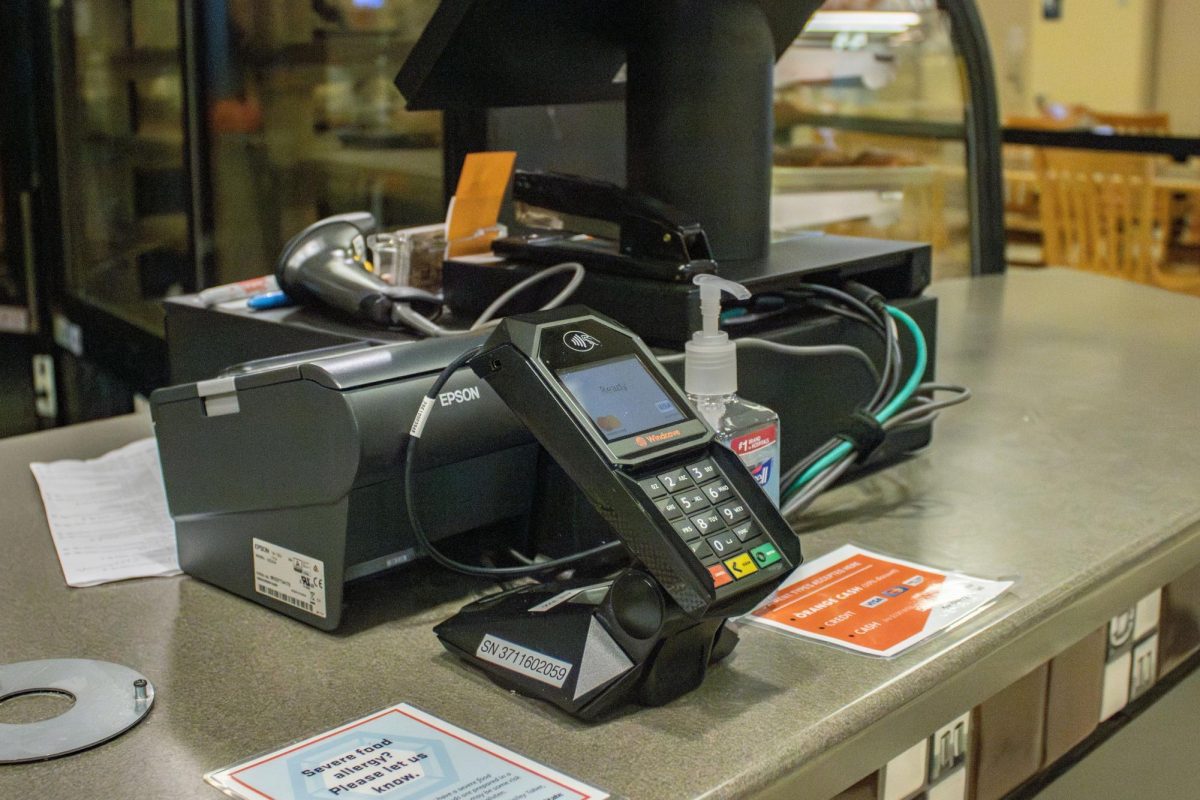New price increases have hit the dining centers this year, presenting some challenges to students who rely on dining halls for meals.
According to Kerry Paterson, the director of Campus Dining & Catering at University Housing & Dining Services, those price increases are due to a number of reasons, including inflation and labor costs.
The standard price for an entree at dining center restaurants now exceeds $9, a number that, in previous years, was only reachable through add-on charges. Salad bar prices have seen a 50 cent increase across the board and paninis in West Marketplace have jumped up by 75 cents.
The most dramatic change involves the Food for Thought program, one of UHDS’ initiatives to combat food insecurity.
As has been the case since the program’s inception in 2019, Food for Thought meals are still available for free to students with participation cards (applications for which can be found on the Basic Needs Center website) and for purchase to anyone. However, those meals, which were listed last year at $4 a piece, are now being sold for $6.25, an over 56% increase.
“Inflation has been a national concern…we have worked to keep increases low and are facing the reality that food and operating costs are not going to come back down. This is reflected in menu pricing,” Patterson wrote in an email.. “Labor costs continue to increase. We understand the value of employee compensation. We offer competitive wages for our positions.”
However, the elevated prices have caused some returning students to shift away from viewing dining centers as a primary food option.
“It definitely (affects my decision making),” said Xander Amatore, a third-year biology student. “Already this year, I’ve started going more to Panda (Express) or Beaver Hut for food instead of West or Arnold.”
Returning students aren’t the only ones reconsidering their dining habits.
Although they don’t have last year’s prices for comparison, first-year students are also taking notice of the steep costs.“I’ve done the calculations…and it’s like $9 per meal. Even though I’m on one of the more expensive meal plans, it probably won’t cover the whole term,” said Megan Reese, a first-year computer science student.
For students experiencing food insecurity, there are a number of resources available on campus.
The Basic Needs Center is located at 1030 SW Madison Ave, Champinefu Lodge, and the food pantry is open on Wednesdays from 8:30 a.m. to 2:30 p.m.. The Full Plate Fund allows students with dining plans to donate Dining Dollars for distribution among other residence hall students facing food scarcity. Food for Thought and Make Cents meals are available in every UHDS dining center.
UHDS gives a 20% discount to students with dining plans, and a 10% discount to those with Orange cash. SNAP is accepted at Cascadia Market on the south side of campus.
UHDS welcomes any and all feedback from dining center guests. “The needs of OSU students and the campus community are ever changing, and we strive to continue to meet and exceed their expectations,” Paterson said. “Our primary customers are our resident students and the campus community, and their success is our highest priority.”
“Input via the ‘Hear my voice’ feedback form on our website is appreciated and reviewed by our executive team to see where we can make improvements,” Paterson said.


















































































![Newspaper clipping from February 25, 1970 in the Daily Barometer showing an article written by Bob Allen, past Barometer Editor. This article was written to spotlight both the student body’s lack of participation with student government at the time in conjunction with their class representatives response. [It’s important to note ASOSU was not structured identically to today’s standards, likely having a president on behalf of each class work together as one entity as opposed to one president representing all classes.]](https://dailybaro.orangemedianetwork.com/wp-content/uploads/2025/03/Screenshot-2025-03-12-1.00.42-PM-e1741811160853.png)
























